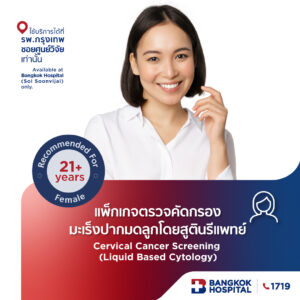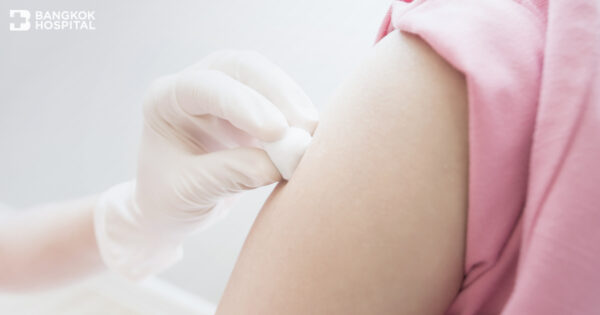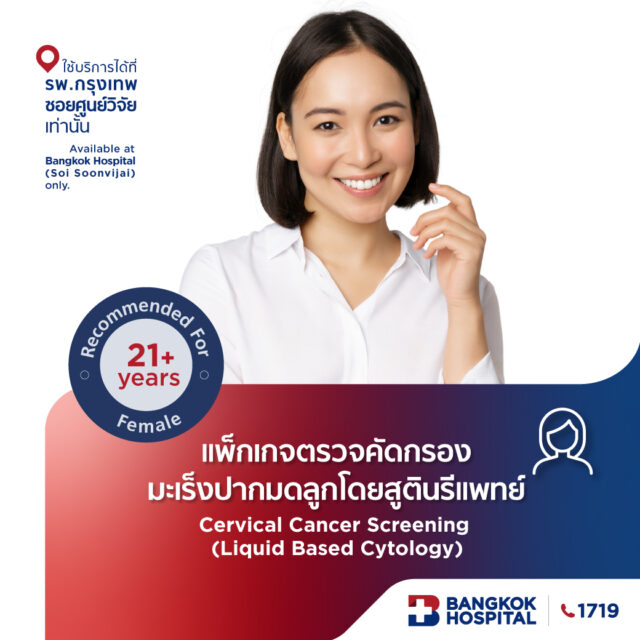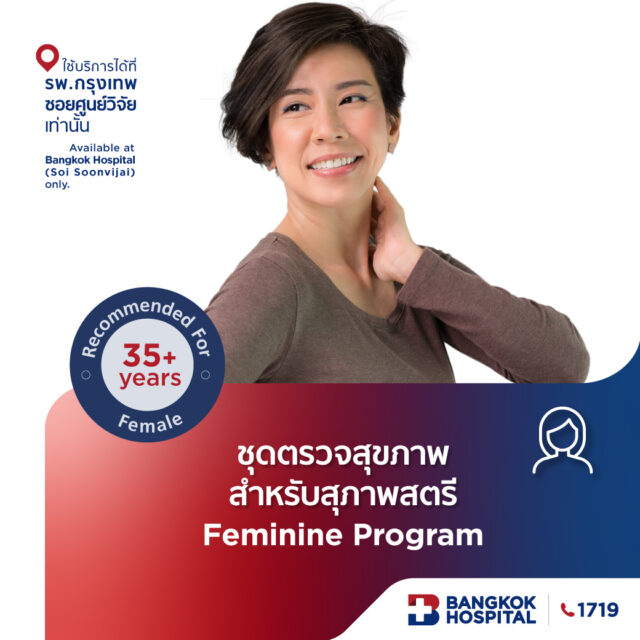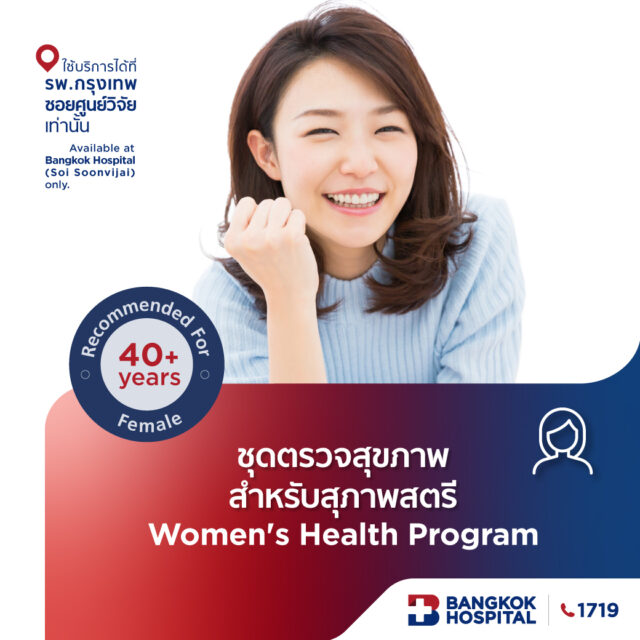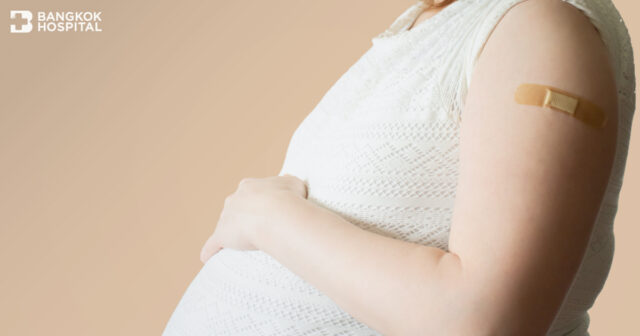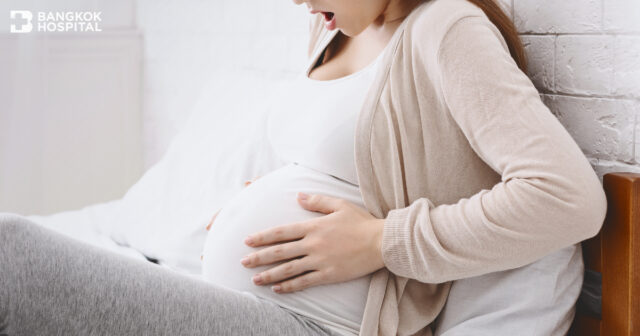HPV stands for human papillomavirus. HPV infection is the most common sexually transmitted infection. There are a large number of discovered HPV strains that lead to different diseases. Some HPV infections cause abnormal skin or mucous membrane growths (genital warts or condyloma). More dangerously, some HPV strains are major factors that contribute to cervical cancer and other reproductive cancers. Protection against these viruses, the HPV vaccine is highly recommended. Not only to prevent HPV infections, but the HPV vaccine aims to reduce disease severity if the disease inevitably develops. Further development of the quadrivalent HPV vaccine that protects against 4 HPV types, the 9-valent HPV vaccine targets 9 HPV strains that most commonly cause cervical cancer and genital warts. It also protects against HPV types that potentially lead to some cancers of the vulva, vagina, anus and oropharynx. Most frequently asked questions and their answers below greatly guide women to have a better understanding towards the HPV vaccine.
Question: What is HPV?
Answer: Human papillomavirus or HPV is a common virus that is spread through sexual contact. It is a DNA virus from the Papillomaviridae family that often causes sexually transmitted infection (STI). Regarding updated scientific information, there are more than 140 types or strains of HPV, which can be further classified into 2 main groups:
- High-risk HPV strains: High-risk HPV group is defined as HPV strains those can cause normal cervical cells to become abnormal (pre-cancerous cells). These abnormal cells can potentially lead to cervical cancer over time. This group includes HPV 16, 18, 31, 33, 35, 39, 45, 51, 52, 56, 58, 59, 66 and 68.
- Low-risk HPV strains: Low-risk HPV group usually causes genital warts which are a sexually transmitted infection and they rarely develop into cancers. This group includes HPV 6 and 11.
Mechanism of cervical cancer
Normal cervical cells => The body is exposed to high-risk HPV and the immune system cannot fully eliminate viruses within 2 years, inducing pre-cancer changes. Pre-cancerous cervical cells can turn to be cervical cancer in the next 10 years => Pre-cancerous stage =>Cancer of Cervix
Besides cervical cancer, some cancers of the vulva, vagina, penis, anus (in gay and bisexual men) and oropharynx (back of the throat, including the base of the tongue and tonsils) are also caused by certain strains of HPV. However, molecular mechanism of developing cancers after being exposed to HPV widely varies among individual patients, depending on their immune systems. For instance, immunocomprimised patients with HIV infection or SLE (systemic lupus erythematosus) are more susceptible to develop cancerous stage quicker than 10 years.
As a normal mechanism of the body after being infected with HPV, an immune system can usually get rid of viruses (viral clearance). While most HPV infections are characterized by spontaneous viral clearance, some HPV strains are highly persistent. The median time to clearance of high-risk HPV infection in most cases with proper immune function is approximately 8 months. 70% of viruses can be eliminated from the body within a year. Nonetheless, clearance requires an effective cell-mediated immune response. In case that high-risk HPV group (type 16 and 18) has been persistently detected longer than 2 years, the risk of further developing to cervical cancer drastically increases 200-400 times while detection of other strains in high-risk HPV group increases the chance of cervical cancer 30-40 times.
Question: How can HPV infection be treated?
Answer: Recently, there is no definite treatment for HPV infection. In fact, many women have HPV infection that usually clears up spontaneously without treatment. However, prevention of HPV infection remains essential. Recommendations are as follows:
- Seeking for an immediate medical assistance e.g. Pap smear test and HPV test when any abnormality is suspected or detected. If pre-cancerous changes are found, appropriate treatments can be given in timely manner before cancer develops.
- Vaccination against HPV
- Modification of sexual behaviors to reduce risk of HPV exposure e.g. refraining from having had multiple sexual partners
Question: How many types of HPV vaccines available?
Answer: There are 3 types of HPV vaccines described in the table below:
|
HPV vaccine |
High Risk |
Low Risk |
|
1) The bivalent HPV vaccine (CERVARIX®) |
Types: 16, 18 |
– |
|
2) The quadrivalent HPV vaccine (GARDASIL®) |
Types: 16, 18 |
Types: |
|
3) The 9-valent HPV vaccine |
Types : 16, 18, 31, 33, 45, 52, 58 |
Types: |
Question: Why is the 9-valent HPV vaccine required?
Answer: In accordance with current scientific studies, apart from HPV type 16 and 18, other high-risk HPV including type 31, 33, 45, 52 and 58 can potentially cause pre-cancerous changes. Therefore, the 9-valent HPV vaccine offers more protection against HPV than the quadrivalent HPV vaccine does and is as safe.
Question: Is the 9-valent HPV vaccine administration different from the bivalent or the quadrivalent ones?
Answer: There is no difference in vaccine administration among three different types of HPV vaccines. Vaccination recommendation remains unchanged since these vaccines are indicated in females 9 through 45 years of age. However, an appropriate time for vaccination might vary among females, depending on race, ethnicity and period that having sex for the first time. The HPV vaccine works best when people are vaccinated before they become sexually active. For example, the HPV vaccine can be given starting at age 9 years and 11 years in the US and the UK, respectively. In Thailand, the HPV vaccine can be administered before starting age for university or prior to sexual intercourse.
Question: What is schedule for the 9-valent HPV vaccine?
Answer: Administrative schedules of the 9-valent HPV vaccine are as follows:
- Being vaccinated before 15: Vaccines are administered as a two-dose series in which the second dose should be administered 6–12 months after the first dose.
- Being vaccinated after 15: Vaccines are administered as a three-dose series in which the second dose is recommended 1–2 months after the first dose and the third dose is recommended 6 months after the first dose (0, 1, 6 or 0,2,6 schedule).
Question: Does the 9-valent HPV vaccine pose side effects?
Answer: Mild side effects of the 9-valent HPV vaccine include pain, swelling or redness at the injected site, nausea, dizziness and fever. These effects are temporary and usually discontinued after administration. However, severe reactions have been occasionally reported in some people who have had an allergy history to other vaccines. Medical history related to allergic reactions prior to vaccination must be thoroughly obtained.
Question: Special precautions of the 9-valent HPV vaccine?
Answer: The 9-valent HPV vaccine can be given in both females and males. It is contraindicated in pregnant women and people who have had allergic reactions to other vaccines.
Question: Instructions prior to being vaccinated?
Answer: Birth control should be strictly applied while vaccinating.
Question: Is the HPV vaccine beneficial to women previously infected with HPV?
Answer: The HPV vaccines still benefit women although they have been previously infected with HPV since the vaccines help to protect against other HPV strains that are not yet exposed to.
Question: How long does the effectiveness of the HPV vaccine last? Is repeated vaccination required?
Answer: Studies have shown that the vaccine protects against HPV infection for at least 10 years. Additionally, there is no evidence of weakened protection over time. After 10 years, the HPV vaccines have been found to have high efficacy up to 90% for prevention of HPV infection. Therefore repeated vaccination is not generally advised.
Question: What do I need to do if I want to be vaccinated with the 9-valent HPV vaccine after receiving the bivalent or the duadrivalent HPV vaccines?
Answer: Clinical studies have assured both efficacy and safety of the 9-valent HPV vaccine after receiving GARDASIL® or CERVARIX® longer than a year. However, there are some studies that ensure vaccine safety even though it has been given in less than 12 months after the administration of GARDASIL® or CERVARIX®.
In conclusion, the bivalent and quadrivalent HPV vaccines are aimed at protecting against high-risk HPV type 16 and 18, resulting in less chance of developing precancerous changes, defined as Cervical Intraepithelial Neoplasia (CIN) or cervical dysplasia. CIN is characterized by a premalignant condition of the cervix and usually detected by screening with cytological test (Pap smear test) and HPV testing. If left untreated, CIN can develop into invasive cervical cancer. However, the bivalent and quadrivalent HPV vaccines can only minimize the chance of developing high grade CIN e.g. CIN II-III, there are still some possibilities of developing low grade lesion e.g. CIN I. In addition, they do not prevent the infection of other HPV strains that possibly cause other diseases. Therefore, the novel 9-valent HPV vaccine covers broader spectrum, targeting 9 HPV strains grouped in high-risk HPV that most commonly cause cervical cancer and other cancers as well as genital warts. Nevertheless, individual benefits obtained from the 9-valent HPV vaccine should be further discussed among different females.


